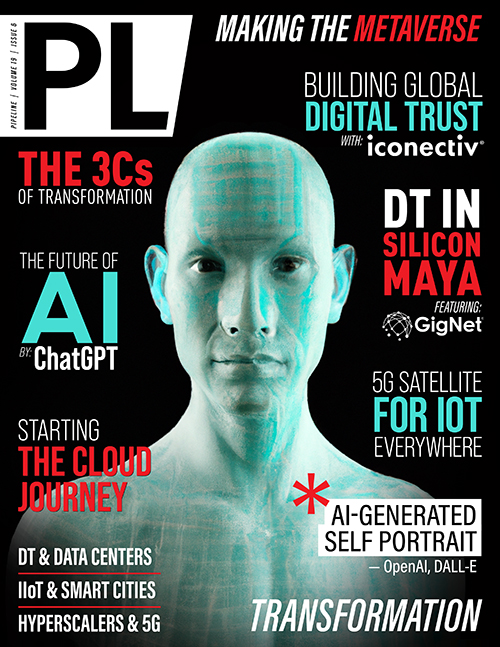Enhancing Industrial IoT and
Smart City Networks with G.hn
For example, imagine a situation where a city was to convert to a smart network. In this scenario, almost every product can be connected to the Internet or network to boost efficiency, productivity, and user experience. This can range from factories using G.hn within their machine sensors to monitor performance and maintenance needs, to shops and malls utilizing G.hn over their existing wiring to enhance their data communication networks for both the businesses and the visitors within.
Delving deeper into the likes of a smart lighting network within a city, the system is becoming increasingly interactive to communicate with the surrounding environment and the lives of its inhabitants. This can include in-building lighting in buildings, shops, and factories, as well as streetlights. The system aims to have an efficient operation by adjusting the light intensity, monitoring power consumption, controlling the lighting schedule, and setting failure alarms.
With as many as 90 million lampposts in the EU, and 75 percent over 25 years old, now is the time to update the lighting to a fully interactive and interoperable system. This is proven by the multiple aspirations to implement smart lighting networks across cities globally. An example is the Smart Cities Marketplace Humble Lamppost project set out by the EU in which ten million smart lampposts are to be installed as part of the EU’s aim to give a new lease on life to a long-neglected resource by making lampposts an integral part of the development of smart cities.
The use of G.hn in sensors within the lamppost can control a range of activities such as street signs, light control, water level, humidity and temperature sensors, pedestrian push-talk system, vehicle charging, image sensing units, speakers, Wi-Fi access points, and monitoring of containers for smart waste collection. To achieve this, the application requires broadband communication and a high data rate, sufficient reach, and a self-adaptive network with plug-and-play functionality—G.hn delivers exactly that.
G.hn technology for a fully digitalized industrial world
G.hn allows for fast installation and works seamlessly through existing wiring to provide low latency and long-reach connectivity upon which industrial applications rely. The technology is
naturally well-suited as a backbone for smart sensors, video surveillance, and safety panels, thanks to its real-time, two-way traffic handling and high bandwidth.
The ever-increasing dependency for high-speed reliable data communication networks, along with the need for these networks to be efficient and futureproof, ultimately fuels the demand for solutions like G.hn. G.hn is a future-proof technology with its capability to deliver a fully interoperable network. Networks don’t need to depend on one single technology, so energy network operators and connectivity service providers can look at a blended approach. G.hn can reach where other technologies may not reach or may not be economical to deploy or using existing infrastructure along with serving as a backbone for other protocols and technologies. G.hn helps extend the connectivity, contributing to reducing the cost of adapting technology and improving efficiency of smart network deployments in all fields. Industry players already anticipate an accelerated market adoption to this ever-evolving technology across a wider range of use cases in the 2024 to 2025 timeframe.



















